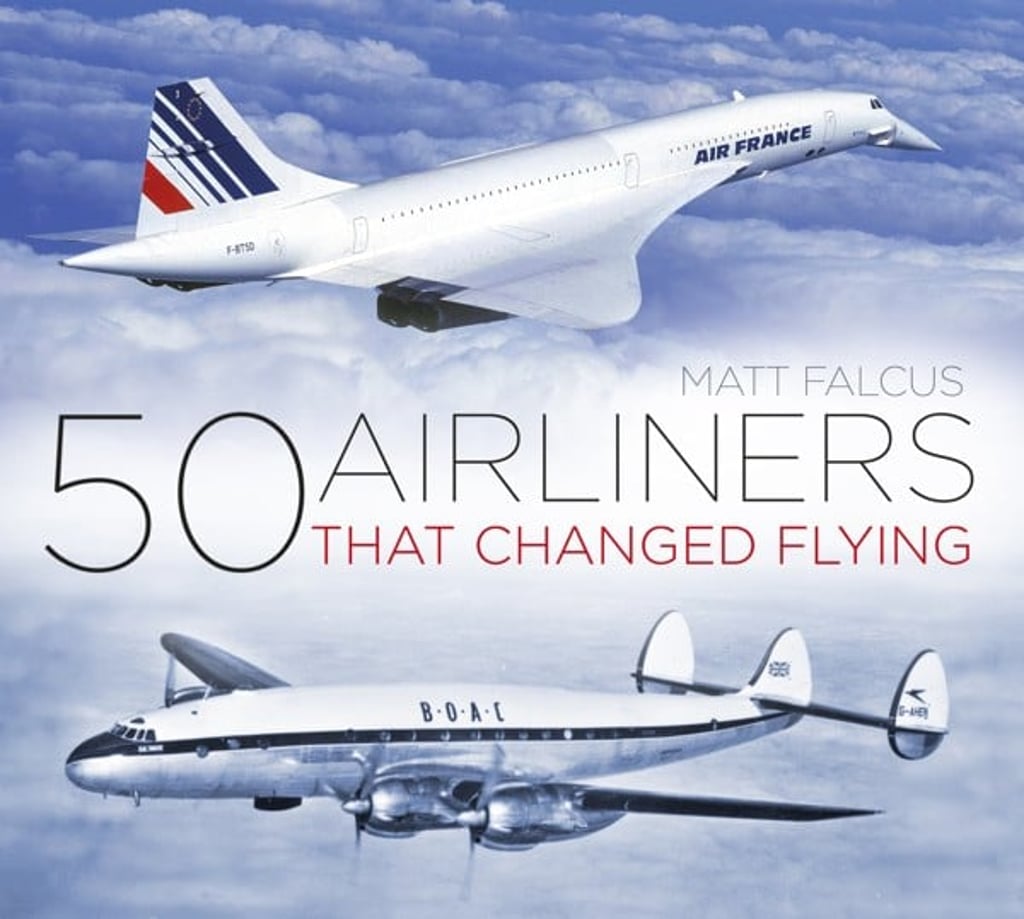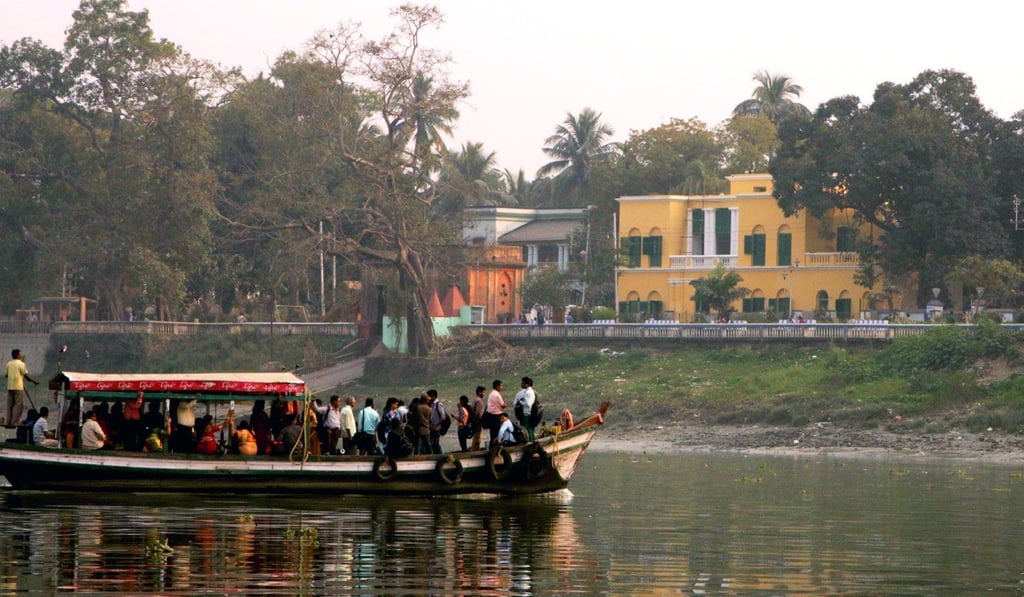Travellers' Checks | How planes have changed: everything you need to know about aviation from 1930s to today
American pilot’s account of flying a Douglas DC-2 in the 1930s recalls the early days of commercial aviation, while 50 Airliners That Changed Flying takes a look at notable planes from the past and present

“We sweat in the cockpit, though much of the time we fly with the side windows open,” wrote American pilot and author Ernest K. Gann, in his classic memoir, Fate is the Hunter (1961). “The airplanes smell of hot oil and simmering aluminum, disinfectant, feces, leather, and puke […] the stewardesses, short-tempered and reeking of vomit, come forward as often as they can for what is a breath of comparatively fresh air.” Such were the realities of commercial air travel in the 1930s, when Gann was flying a Douglas DC-2 aircraft for American Airlines. A predecessor of the more famous DC-3 type that first got Cathay Pacific off the ground, in 1946, the DC-2 is one of the aircraft featured in the newly published 50 Airliners That Changed Flying, by Matt Falcus.

The Denmark Tavern – India’s oldest hotel?

A six-room hotel called the Denmark Tavern has just reopened following a renovation in the town of Serampore, on the banks of the Hooghly River, north of Kolkata, in India’s West Bengal state. The Denmark Tavern & Hotel was originally opened by a British innkeeper in 1786, in what was then the Danish colonial possession of Frederiknagore, and it is now being called the oldest hotel in India. If this is true, then it is also likely the oldest Western-style hotel “east of Suez”, a title long claimed by the Galle Face Hotel, which opened in 1864 down south in Colombo, Sri Lanka.
The previously derelict Denmark Tavern has been rebuilt from the ground up over the past few years as part of the Serampore Initiative. This restoration of a little-known corner of the former Danish colonial empire has been carried out by the National Museum of Denmark, the West Bengal State Heritage Commission and other groups. The hotel will reportedly be managed by The Park Hotels – a boutique hotel company based in Kolkata – and opened for business in September.
Cathay Dragon flies to Kolkata six days a week.
